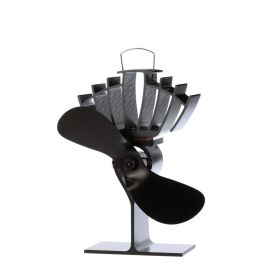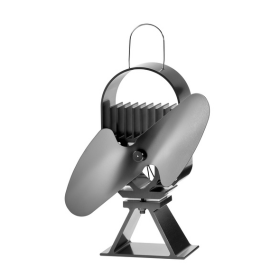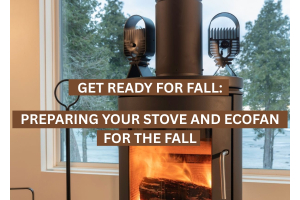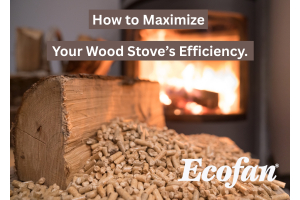5 Ways to Get Greener Before Next Wood Burning Season
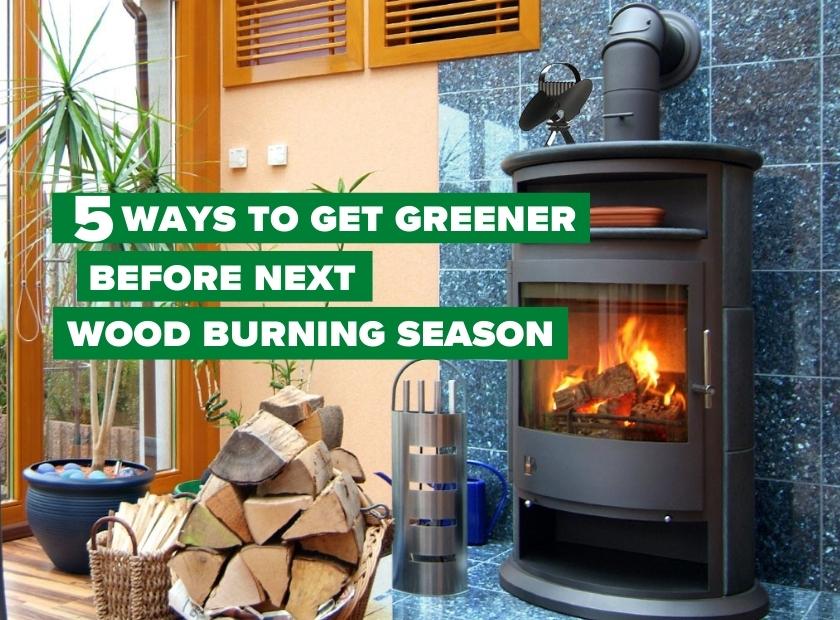
If you heat with wood, you’re probably missing the wood stove ritual at this time of year. Your wood stove probably misses it too, though it surely relishes its time off, which it deserves after keeping you warm from Fall through Spring.
To keep your wood burner running as efficiently and environmentally friendly as possible, here are some things you can do before the cold months return.
1. Update your wood burner
If your stove is 10 years or older, it likely isn’t as efficient as newer EPA 2020 certified models. EPA certified appliances emit up to 90% less particulate matter in the atmosphere than conventional stoves. New stoves burn cleaner by creating a hotter fire and burn at a consistent and optimal temperature, reducing particulate emitted in the air. The cost to replace your old stove will be offset by burning less fuel over time and there are tax credits available. More information can be found via the Hearth, Patio & Barbecue Association (HPBA).
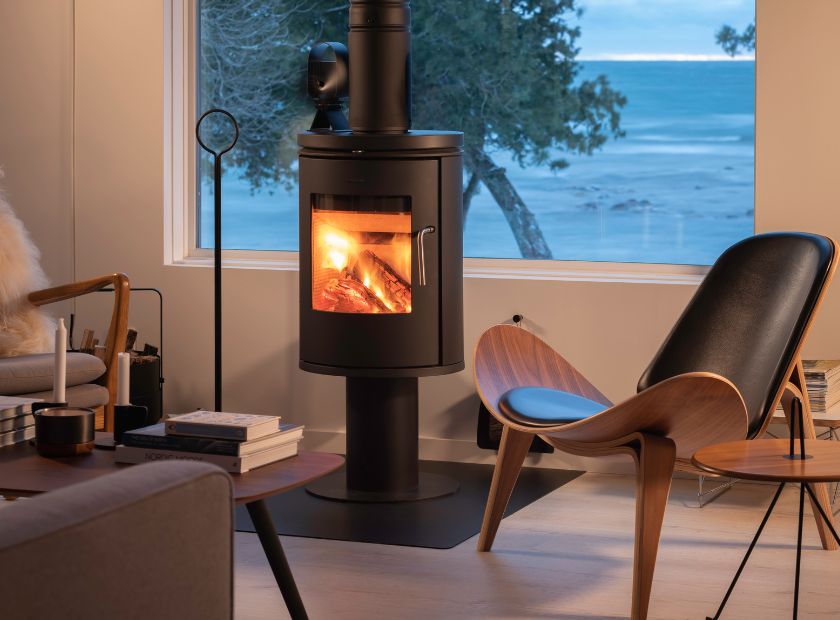
2. Use an Ecofan
An Ecofan will distribute the heat from your wood burner more efficiently, spreading it evenly throughout your home instead of straight up to the ceiling. After lighting your stove, you’ll feel warmer, faster and find your home has less “cold pockets” where the heat doesn’t reach. Ecofan will help you burn up to 42% less wood which means less air pollution released.
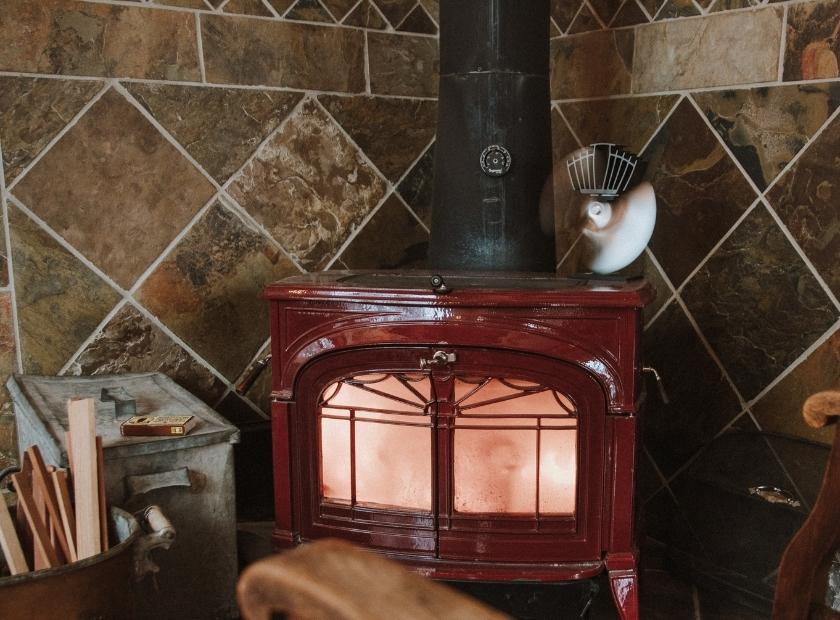
3. Locally source your wood
If you can, source your wood locally so that you know a minimal amount of carbon has gone into producing and transporting it. Sustainable wood producers also replace what they cut down, giving ample time for the forest to regenerate.
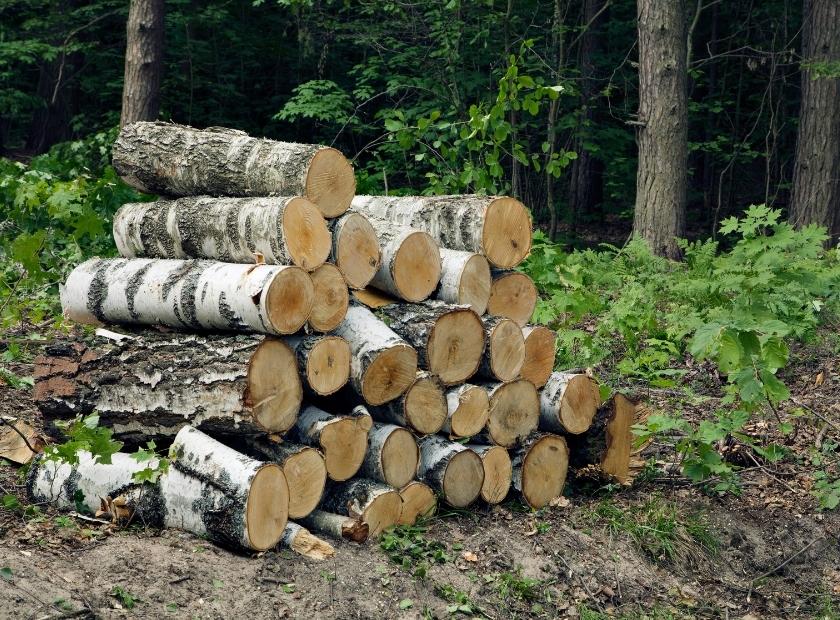
4. Season your wood
Buy wood that’s been seasoned or season it yourself via proper storage, keeping it dry and allowing it to rest for 6-18 months. Burning wood that has a moisture content above 20% will result in unnecessary amounts of smoke, creosote and air pollutants. The Family Handyman has some great tips on buying, drying, and storing firewood.
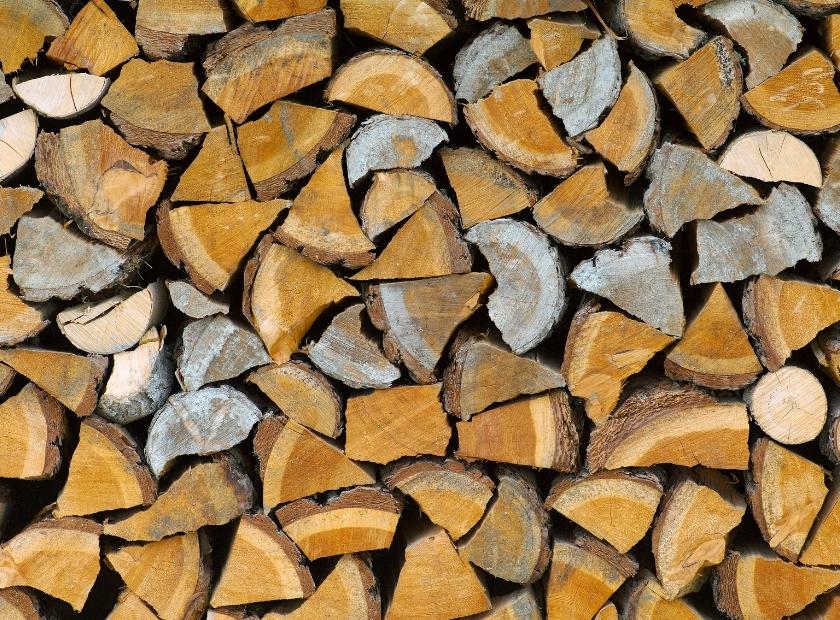
5. Maintain your chimney condition
A cracked chimney pipe will result in a cooler stove leading to excessive wood burning and poses a fire hazard. Your chimney should be checked and lined or re-lined before the cold weather comes back again and be inspected by a professional chimney sweep to ensure it meets all safety standards. Your chimney should be swept at least twice a year to remove soot and creosote and ensure smoke has a clear path up to prevent chimney fires.
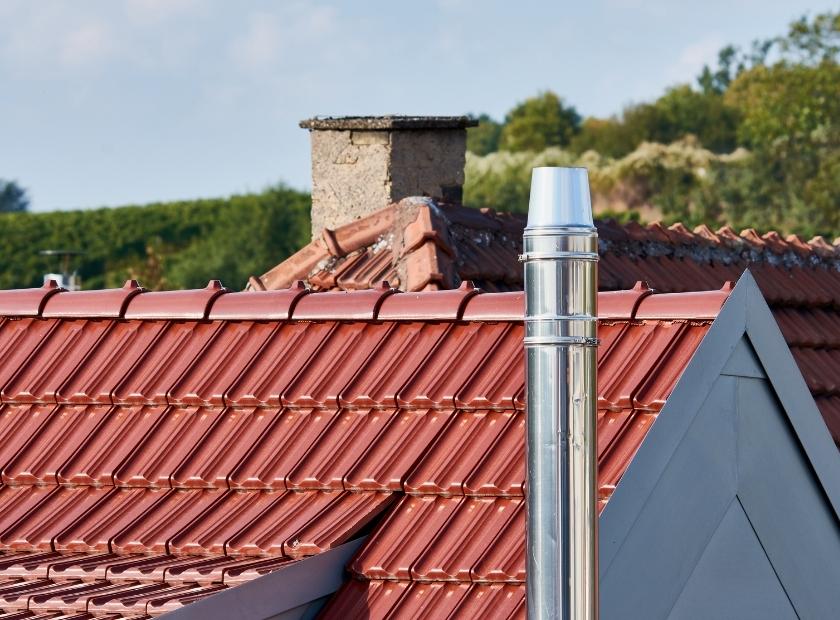
Have some tips we didn’t mention? Let us know in the comments or send us an email!


